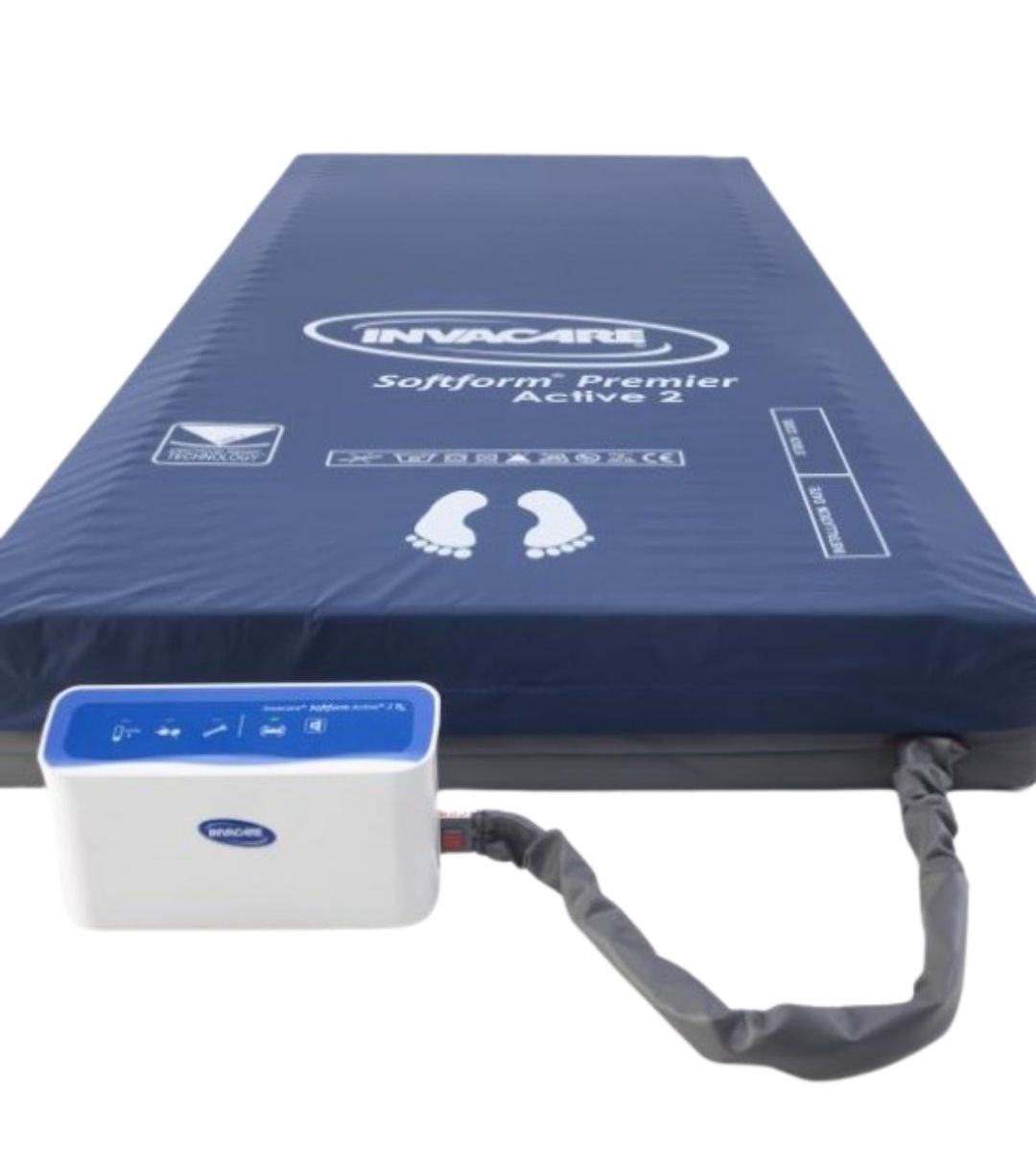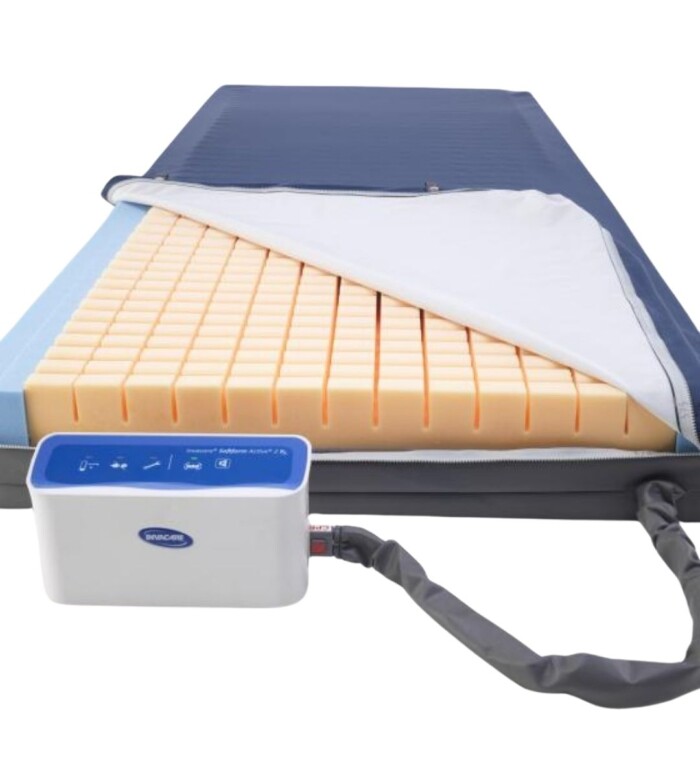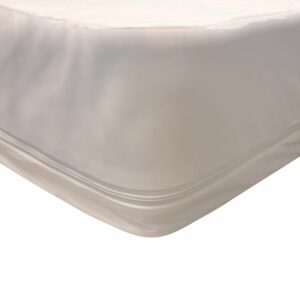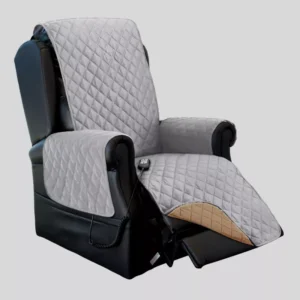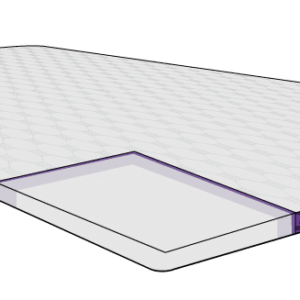Description
The Invacare Softform Premier Active 2 + Pump Mattress is designed for individuals at medium risk of pressure injury who require adaptable support. It integrates a castellated high-specification foam layer for consistent pressure redistribution, with an air cell insert that activates dynamic alternating therapy when connected to the RX pump.
This dual-function system allows easy transitions between foam and air therapy without changing mattresses – supporting clinical flexibility and reducing disruption. The alternating air cycle operates on a 10-minute interval to promote tissue recovery and pressure redistribution.
The mattress is covered with a two-way stretch, waterproof polyurethane cover that minimises shear and friction. High frequency welded seams, concealed zippers, and a reinforced polyurethane base sheet protect against fluid ingress and extend product durability.
Supportive foam side walls aid with patient transfers and positioning. No turning is required, helping reduce manual handling for carers.
Who it’s for
- For clients at medium risk of pressure injury who benefit from both static and dynamic support.
- For therapists seeking a mattress that allows reactive-to-active transitions without changing surfaces.
Key features
- Air inserts – using the pump allows stepping up and down between reactive and active alternating systems with minimum patient disruption
- Cell cycle – inflation of air cells alternates on a 10-minute cycle to promote tissue recovery and pressure distribution
- Air system placed beneath foam insert – reduces the risk of punctures and accidental damage
- No turning required – mattress does not require turning which reduces manual handling issues
- Cover – fitted with a two-way stretch PU waterproof cover which provides excellent durability and helps reduce shear and friction forces
- Welded seams – high frequency welded seams reduce the risk of fluid ingress
- Full length flaps – conceals zippers to reduce possible fluid ingress
- PU coated base – toughened and thick PU base sheet to prolong longevity
- Side walls – single piece of foam facilitates patient transfers by providing side wall support

